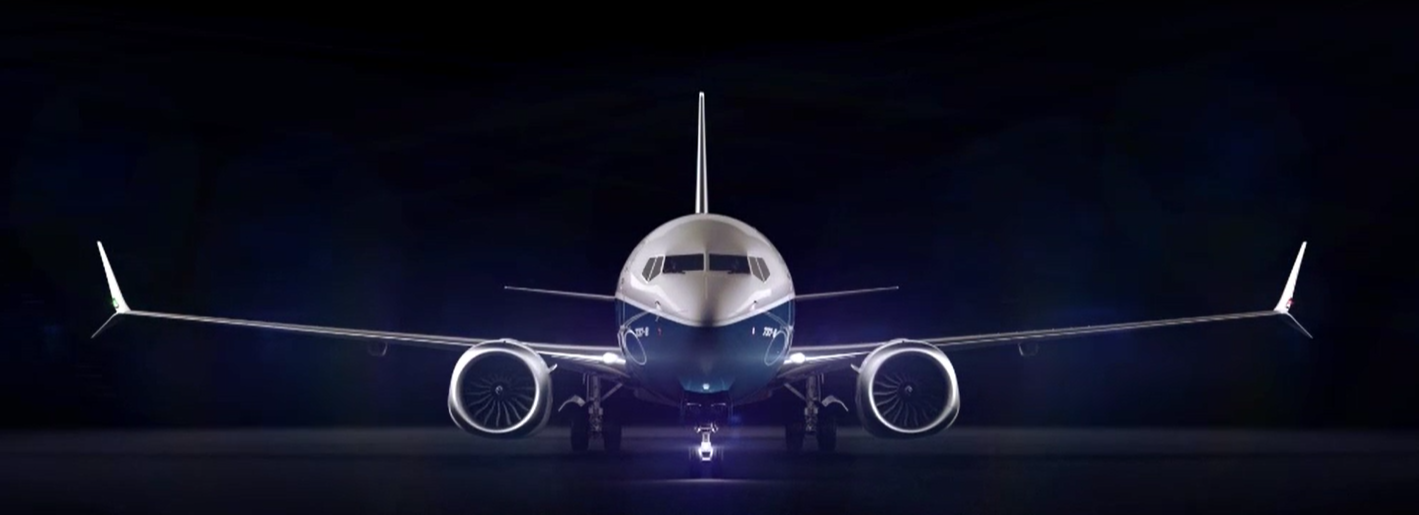EASA Schedules Boeing 737 MAX Test Flights For September

FRANKFURT–EASA plans to start Boeing 737 MAX test flights on Sept. 7 in Vancouver, Canada in what is a key milestone for the aircraft to be recertified in Europe.
EASA said Aug. 27 that it has been working with the FAA and Boeing to schedule the flights, but the process has been made more difficult by the COVID-19 travel restrictions between Europe and the U.S. Performing the flights out of Vancouver proved to be a way to get around these limitations. Transport Canada started test flights Aug. 26 from Boeing Field while the FAA completed its test campaign on July 1.
“While Boeing still has some final actions to close off, EASA judges the overall maturity of the re-design process is now sufficient to proceed to flight tests,” the agency said. The flights will be preceded by simulator sessions in London-Gatwick beginning Sept. 1 and will be followed by meetings of the Joint Operations Evaluation Board (JOEB) in Gatwick beginning Sept. 14.
The FAA on Aug. 3 issued a notice of proposed rulemaking (NPRM) defining conditions under which it would allow the MAX to return to service. Operators must install flight control computer (FCC) and MAX flight-deck display system (MDS) software that Boeing has been developing and validating for more than a year to address issues spotlighted in two fatal 737-8 accidents. They also must modify wire bundles that do not meet the latest wire-separation standards.
The major changes are installing updated FCC software that modifies the MAX’s maneuvering characteristics augmentation system (MCAS), and putting pilots through new, updated training. MCAS, implicated in two fatal accidents that led regulators to ban MAX operations in March 2019, commands automatic horizontal stabilizer inputs to help the MAX handle like its 737NG predecessor.
The NPRM and a related FAA summary of its MAX review released at the same time emphasize that work still remains. The largest remaining piece is having regulators and line pilots validate proposed changes to MAX pilot training in the JOEB review. That will be followed by an FAA-led Flight Standardization Board (FSB) report that will establish minimum training curriculum for MAX pilots. Among the major training changes expected to be adopted are mandatory simulator sessions for all prospective MAX pilots. Previously, pilots with 737 type ratings could transition to the MAX following computer-based differences training.
The FAA has been working closely with many regulators throughout the evaluation process. For example, both EASA and Transport Canada flight test and human-factors specialists helped the FAA and Boeing develop scenarios to evaluate flight-crew response to the updated software, the FAA said. Regulatory experts from Brazil, Canada and Europe “are involved with the ongoing review and analysis of the results as validating authorities,” the U.S. agency added.
However, regulators have not agreed on every issue. EASA has been arguing that Boeing should introduce a third synthetic angle of attack sensor on the MAX for further redundancy to largely mirror the design set-up of the Airbus A320 family, which has three physical sensors as opposed to the MAX’s two. EASA has said that the MAX could be introduced back into airline service without the third sensor but that it could require Boeing to add it at a later time. EASA said it had no further comment on the MAX course of action at this time.






